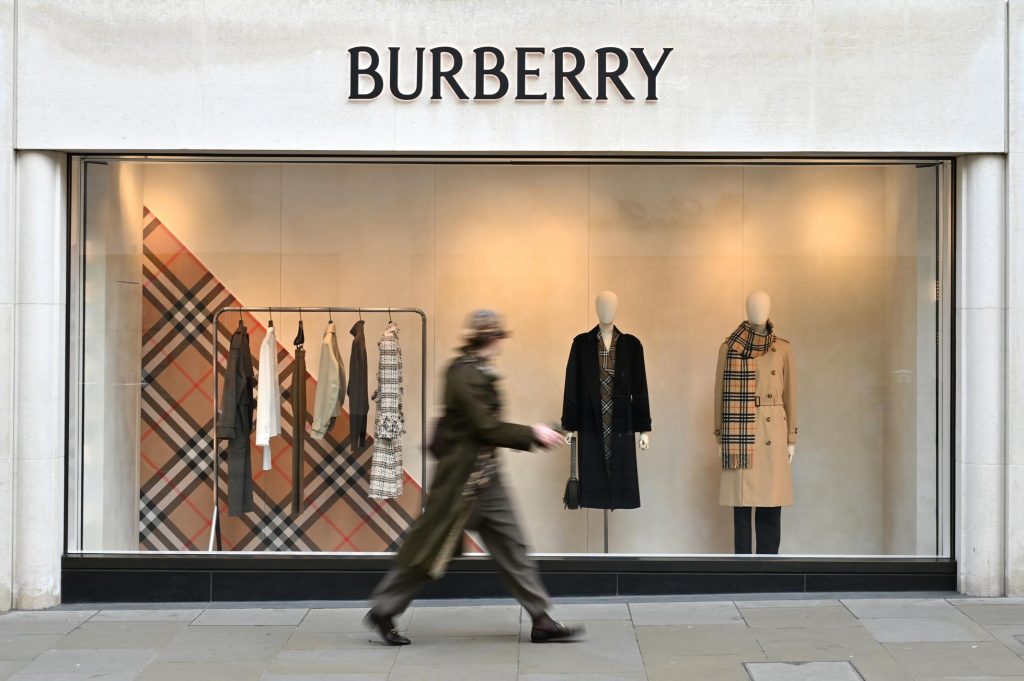As the price of luxury goods continues to rise—a pattern which first emerged post-pandemic but persists due to the impending recession within the United States and the country’s shifting tariff policies that affect the way goods are manufactured, shipped and sold—the cost of shopping lavishly has begun to surpass the level of quality consumers expect from their high-priced purchases.
Desperate for answers and amendments from the brands they used to love, consumers are taking to social media to speak out against luxury giants as they continue to charge more for less and devalue their once loyal customers.
Acting as the unofficial face for such distain is TikTok user Janet Lin. Known by social media users as @janetlinxo, the New York City-based content creator has garnered a slew of attention for her series of recently published videos—the most popular of which currently sitting at 3.4 million views—that detail the dramatic decline of her Goyard Saint Louis GM tote bag.
The bag—constructed from the brand’s signature brightly colored Goyardine canvas and available for a minimum price just shy of two thousand dollars—was documented by Lin as having fallen apart after being worn outside for a few hours in the heat. In one video, Lin dramatically holds her cobalt blue Goyard tote up to the camera and pulls the leather-bound top handles apart to reveal they’ve melted together. In another clip, Lin shows off the blue staining on her otherwise clean white T-shirt as a result of the bag’s bleeding blue finish melting off in the same mild weather conditions.
While some users unleashed their frustrations towards Lin in the form of lengthy rebuttals within the video’s comment section—citing the usage instructions found on the brand’s product page that advise the wearer to “Avoid contact with water, greasy or oily products, make-up and perfumes” as well as “Protect the item from damp, extended exposure to artificial, natural light or intense heat” as logical reasons for the bag’s current state—many individuals were quick to come to her defense, agreeing that no item of that price point should become damaged to the point destruction after one wear in the sun.
Goyard could not be reached for comment.
Despite the videos published by Lin being some of the most popular pieces of content that depict unexplainable damage to designer goods, similar antidotes and visual testimonials are taking up space within the fashion content published online, with each gaining more traction than the last and acting as the catalyst for a larger conversation around the quality of luxury goods—with modern critiques emphasizing the inferiority of such goods in comparison to the high price points they are offered at to the consumer and calling for the boycott of affected brands.
While currently newsworthy, this pattern of luxury decline is not new. In an article published in late November of 2024, Forbes cited the Fall 2024 Bain-Altagamma Luxury Goods World Wide Market Study to illustrate the surprising drop in sales within the luxury goods sector, saying, “For the first time since 2008, excluding the 2020 Covid-19 year, the personal luxury goods market declined, dropping 2% from an historic high of $387 billion (€369 billion) in 2023 to $381 billion (€363 billion) at current exchange rates.”
In addition to referencing the study, Forbes included a number of casual effects that impacted the luxury goods market to the point of decline, the most notable of which—especially as it relates to the example illustrated above—was the misalignment of price and value. Similar to Lin’s frustration over her pricey Goyard bag depreciating in value as soon as she began to use it, many consumers are frustrated with the luxury market’s consistently growing prices for products that stay stagnant in quality.
However, despite these challenges, the same market study offered a simple solution for luxury brands to revitalize their businesses and recapture the attention of consumers: get back to basics.
“To secure future growth, brands will need to rethink their luxury equations, re-establishing creativity and blending old and new playbooks,” the study stated. “This includes rediscovering their essence and embracing the foundational pillars of the industry: desirability fueled by craftsmanship, creativity and distinctive brand values; meaningful, personalized and culturally-resonant customer connections and experiences.”
In short, as rising prices for once accessible luxury goods continues as an inevitability, brands not only have the opportunity to secure their customer base with the obvious usage of high quality materials, but with the amplified infusion of heritage, identity and singularity. In this new era of consumerism that amplifies the cost of all goods, shoppers are looking for luxury built off of more than just high prices—leaving it up to brands to demonstrate their value.

